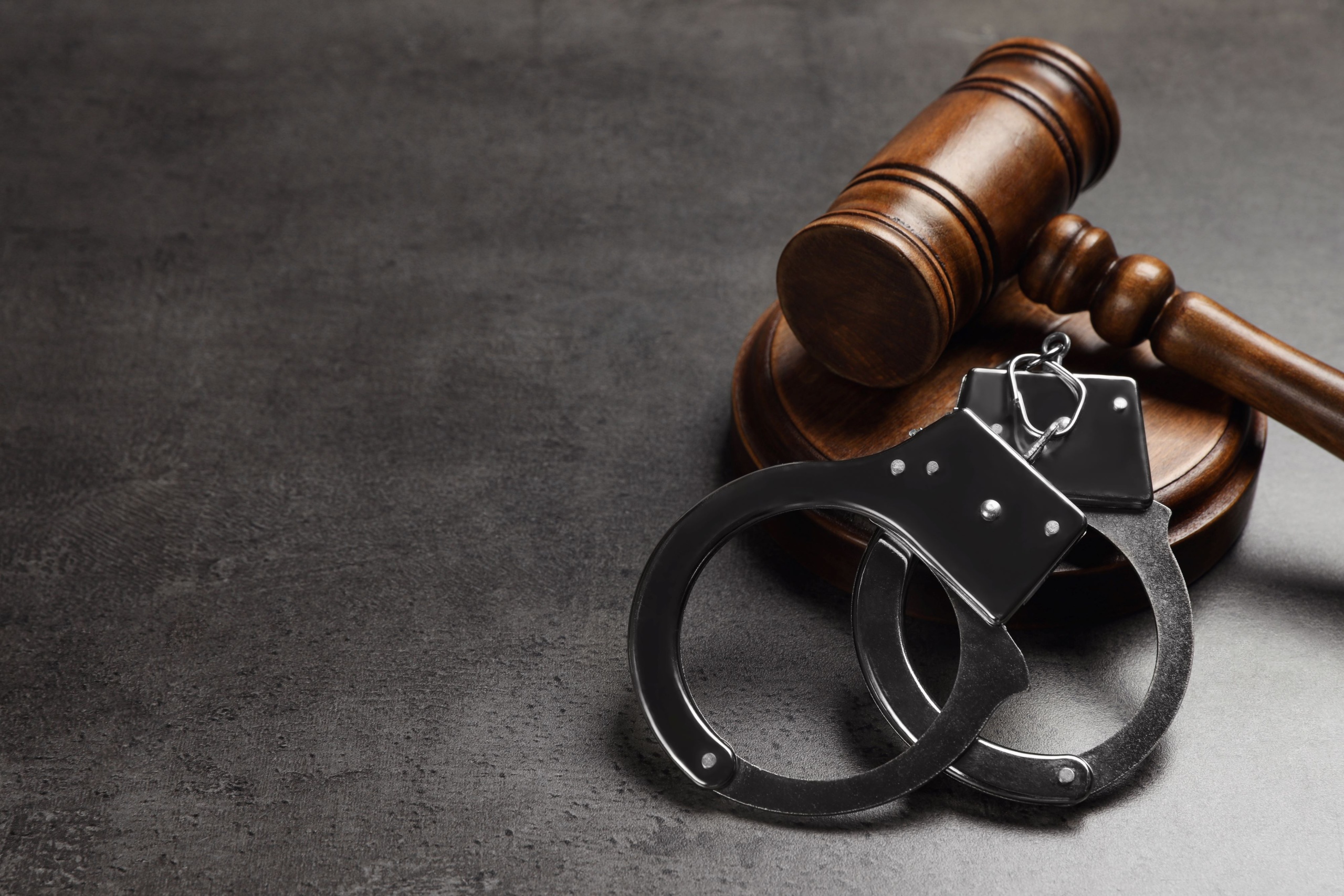The Essence of Criminal Law
Criminal law, a cornerstone of public law, is primarily concerned with offenses against society or the state. Its main objective is to maintain public order and safety by punishing individuals who violate laws that dictate acceptable behavior. Criminal offenses can range from minor infractions, like traffic violations, to serious crimes, including murder, theft, and assault. The government, acting as the prosecutor, initiates criminal cases in response to violations, emphasizing the state’s role in enforcing societal norms.
Keywords related to criminal law include prosecution, defense, felony, misdemeanor, indictment, and acquittal. These terms underscore the adversarial nature of criminal proceedings, where the state and the accused confront each other in a court of law. The prosecution must prove the defendant’s guilt “beyond a reasonable doubt,” a high standard reflecting the serious consequences of criminal convictions, such as imprisonment, fines, or even capital punishment.
The Realm of Civil Law
Civil law, in contrast, governs disputes between individuals, organizations, or both, where the plaintiff seeks redress for wrongs caused by the defendant’s actions or inactions. This branch encompasses a wide array of legal issues, including contracts, property, family matters, and torts (civil wrongs like negligence or defamation). Unlike criminal law, the focus is on compensating the victim or resolving disputes through remedies such as damages, restitution, or specific performance.
Keywords in the civil law domain include plaintiff, defendant, liability, damages, negligence, and injunction. These highlight the nature of civil litigation, which revolves around the concept of liability and the pursuit of remedies to address grievances or injuries. The standard of proof in civil cases is “preponderance of the evidence,” lower than in criminal cases, reflecting the different stakes and objectives of civil litigation.
Key Differences Between Criminal and Civil Law
The distinction between criminal and civil law is marked by several key factors:
- Purpose: Criminal law seeks to punish and deter wrongful conduct, protecting society at large, while civil law aims to resolve disputes between parties and provide compensation for losses or injuries.
- Parties Involved: In criminal cases, the state acts against an individual or entity accused of violating laws. In civil cases, disputes are between private parties or between individuals and organizations.
- Standard of Proof: Criminal law requires proof “beyond a reasonable doubt,” given the potential deprivation of liberty or life. Civil law requires a “preponderance of the evidence,” reflecting the financial or personal nature of the disputes.
- Outcomes: Criminal convictions can result in imprisonment, fines, or other penalties. Civil judgments typically involve monetary compensation or orders to do or not do something (injunctive relief).
Navigating the Legal Landscape: Implications and Intersections
While criminal and civil law operate within distinct frameworks, their paths often intersect. For instance, an act like assault can trigger both criminal charges and a civil lawsuit for damages. This dual pathway underscores the legal system’s complexity and the importance of understanding both branches to fully grasp the implications of legal actions and decisions.
Conclusion: The Dual Pillars of Justice
The dichotomy between criminal and civil law represents the legal system’s dual approach to addressing societal norms, resolving disputes, and ensuring justice. By distinguishing between these two branches, individuals can better navigate the legal landscape, whether they are seeking justice for wrongs endured, defending against accusations, or simply aiming to understand the legal implications of their actions. As society evolves, so too will the realms of criminal and civil law, reflecting changing values, advancing technology, and new societal challenges. Understanding these fundamental differences is essential for anyone looking to comprehend the broader legal system or engage with it effectively.
In the end, both criminal and civil law serve crucial roles in maintaining order, protecting rights, and ensuring justice within society. Their distinct processes, objectives, and impacts on individuals’ lives highlight the legal system’s complexity and the importance of the rule of law in governing societal interactions and resolving conflicts.




